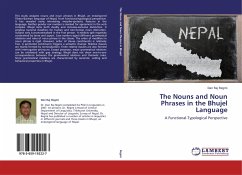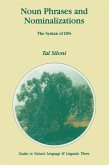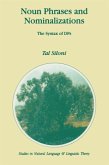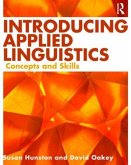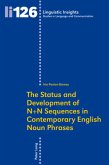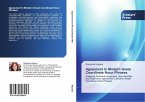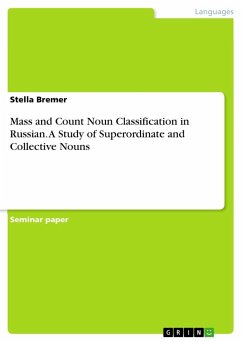This study analyzes nouns and noun phrases in Bhujel, an endangered Tibeto-Burman language of Nepal, from functional-typological perspective. It has revealed many interesting morpho-syntactic features in the language. Neither gender nor number is marked for agreement in the verb complex. Bhujel lacks both duality and inclusive-exclusive distinction. It employs numeral classifiers for human and non-human noun distinction. Subject only is pronominalized in the first person. It exhibits split ergativity constrained by tense and aspect. Case markers signal different grammatical relations and roles of noun phrase in the clause. The order of modifiers in noun phrase is rigid. However, order of clause constituents is relatively free. A permuted constituent triggers a semantic change. Relative clauses are mainly formed by nominalization. Finite relative clauses are also formed with interrogative pronouns. Except possessor, major grammatical relations can be relativized with gap strategy.Bhujel does not show one-to-one correspondence between the grammatical relations and thematic roles. Since grammatical relations are characterized by semantic, coding and behavioral properties in Bhujel.
Hinweis: Dieser Artikel kann nur an eine deutsche Lieferadresse ausgeliefert werden.
Hinweis: Dieser Artikel kann nur an eine deutsche Lieferadresse ausgeliefert werden.

